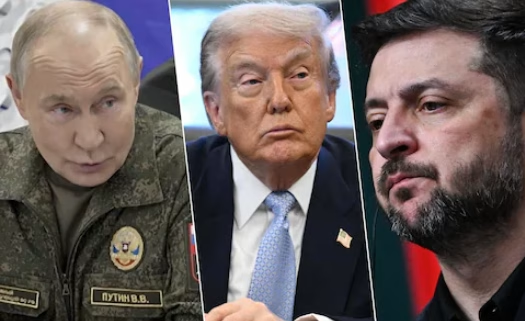
قسم الأخبار الدولية 02/05/2025
بدأ الجيش الأميركي مناقشات داخلية حول تنفيذ عرض عسكري ضخم في العاصمة واشنطن خلال يونيو المقبل، تزامنًا مع عيد ميلاد الرئيس دونالد ترمب، وبمناسبة الذكرى السنوية الـ250 لتأسيس الجيش، وذلك وفقًا لوثائق خطط داخلية اطلعت عليها وكالة “أسوشييتد برس”.
وتشير الوثائق المؤرخة في 29 و30 أبريل، والتي لم تُنشر رسميًا، إلى إمكانية إشراك أكثر من 6600 جندي، وما لا يقل عن 150 مركبة عسكرية، و50 مروحية، و7 فرق موسيقية، فضلًا عن حضور محتمل لآلاف المدنيين. وتمثل هذه الخطط محاولة لإدماج استعراض عسكري طالما سعى إليه ترمب منذ فترته الرئاسية الأولى، في إطار الاحتفال الرسمي بتأسيس الجيش الأميركي.
ويُحتمل أن تصل كلفة العرض العسكري إلى عشرات الملايين من الدولارات، بحسب ما نقلته الوكالة، نظرًا لنقل القوات والمركبات والطائرات من قواعد مختلفة في البلاد إلى العاصمة، إضافة إلى تأمين الإقامة والإعاشة للآلاف من الجنود المشاركين. وكانت هذه التكاليف قد أعاقت سابقًا طموحات ترمب في تنظيم عرض مشابه خلال ولايته الأولى، كما أثارت اعتراضات من سلطات المدينة بشأن الأضرار المحتملة للبنية التحتية بسبب المركبات الثقيلة.
ورغم عدم اتخاذ قرار نهائي بشأن تنفيذ العرض، قال المتحدث باسم الجيش الكولونيل ديف بتلر إن الجيش متحمس لجعل المناسبة حدثًا وطنيًا شاملاً، مضيفًا: “نريد أن يعرف الأميركيون جيشهم، ونعتقد أن الاستعراض قد يكون إضافة ممتازة للاحتفالات المخطط لها”.
ويأتي هذا التطور في ظل تصاعد الدور السياسي والرمزي للمناسبات العسكرية في عهد ترمب، الذي غالبًا ما يُظهر تقديرًا كبيرًا للمظاهر العسكرية، ما يثير جدلاً داخل الأوساط السياسية والإعلامية بشأن توظيف الجيش في المناسبات ذات الطابع الشخصي أو السياسي.





